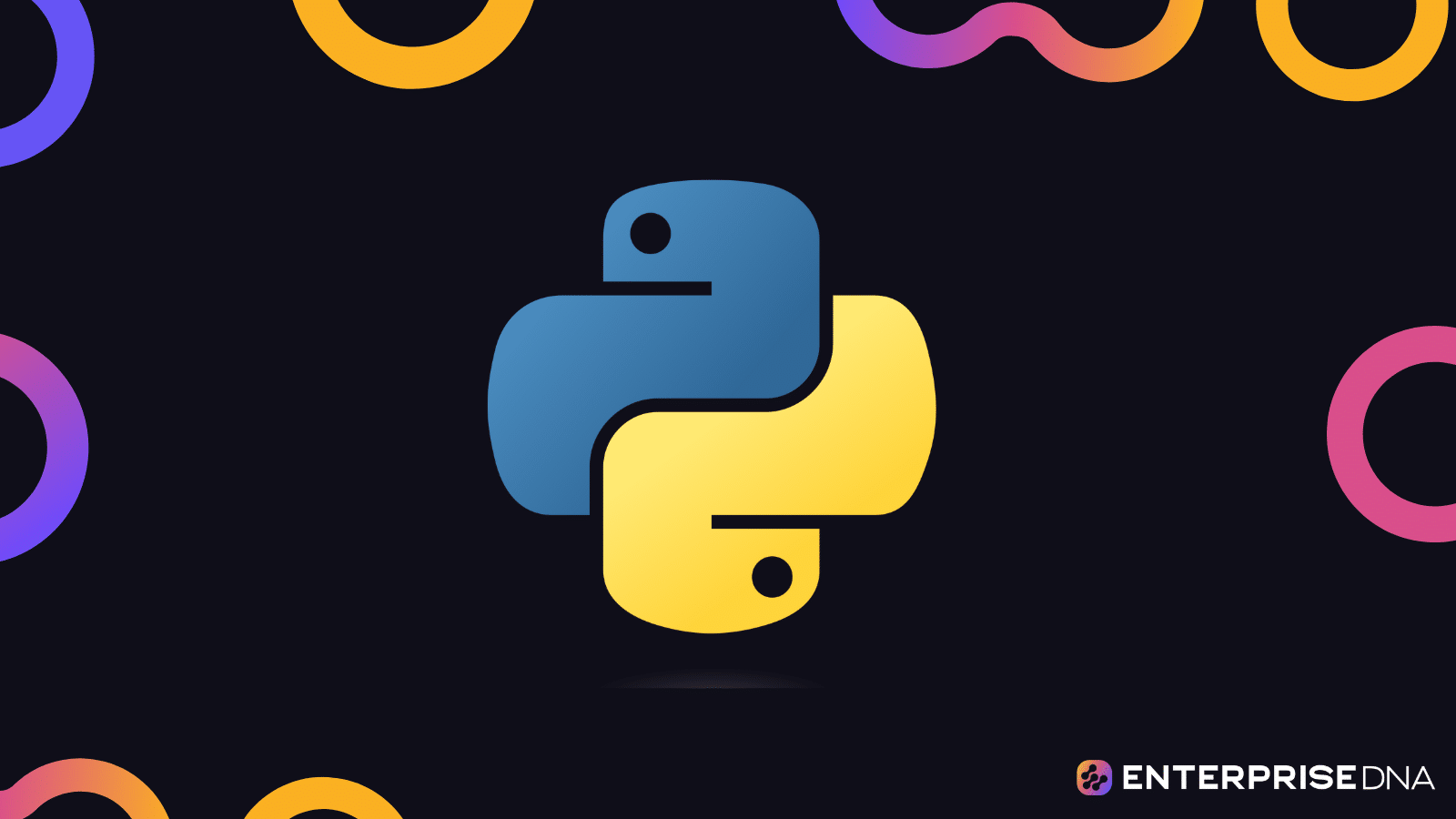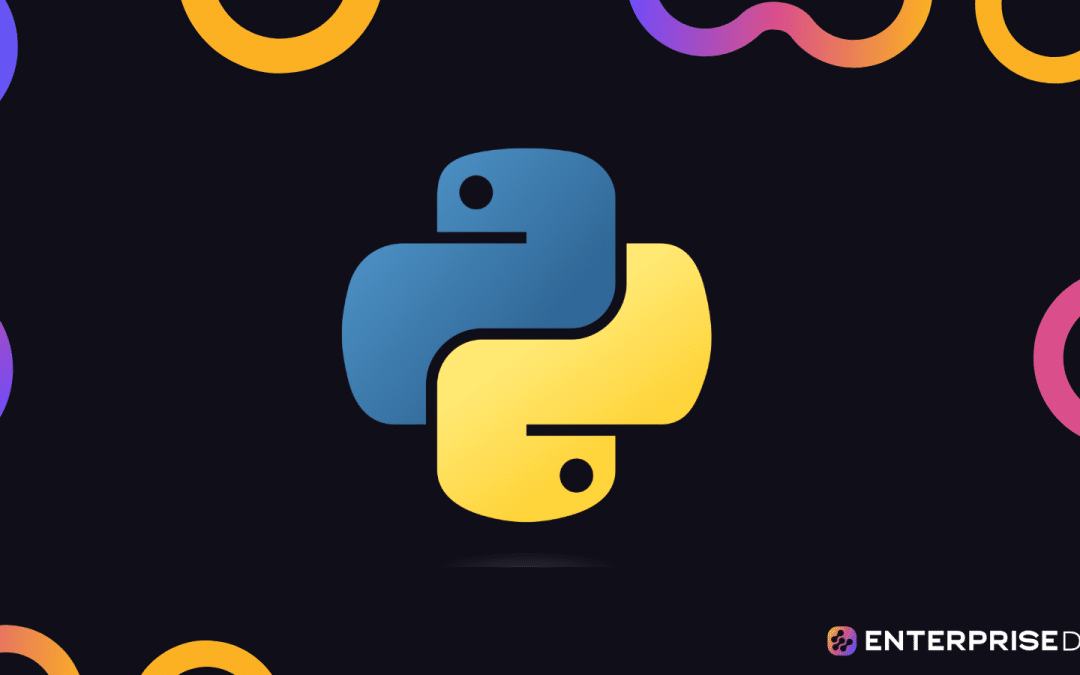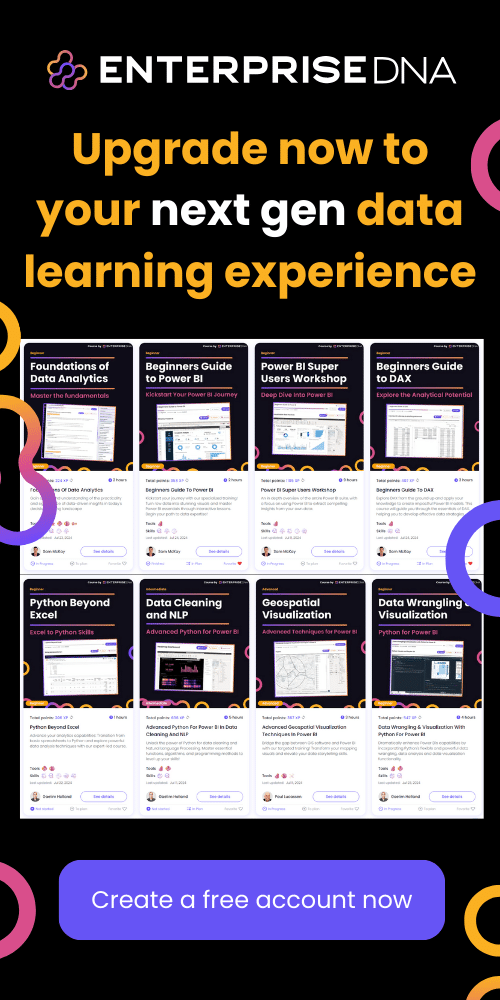Getting Started with Google Colab
Introduction
Google Colab (Colaboratory) is an online platform provided by Google that allows you to write and execute Python code in your browser with the power of cloud-based GPU acceleration. It is particularly popular for data science projects, machine learning, and deep learning applications.
Setup Instructions
1. Access Google Colab
- Open your web browser.
- Navigate to Google Colab.
2. Create a New Notebook
- Once on the Google Colab homepage, you will see an option to create a new notebook. Click on
Filein the top left corner. - Select
New notebook.
3. Name Your Notebook
- You should see “Untitled”, click on it to change the name to something descriptive, like
Data_Manipulation_101.
4. Setup Your Environment
- At the top of your notebook, you will see a drop-down menu labeled
Runtime. - Click on
Runtime->Change runtime type. - Ensure that the “Runtime type” is set to
Python 3. - Optionally, you can select hardware accelerators like
GPUorTPUif required for more intensive computation.
5. Basic Notebook Interface
- Code Cells: Click on a cell and type your Python code.
- Text Cells: Click the
+ Textbutton to add textual descriptions using Markdown. - Running Cells: Use
Shift + Enterto run the selected cell.
Example: Simple Data Manipulation
Import Libraries: Typically, you will import essential libraries like
pandasandnumpy.Create a DataFrame: Use
pandasto create a simple DataFrame.Display the DataFrame: Use the
head()or simply type the DataFrame variable name.Basic Operations: Perform basic data manipulation operations like filtering and aggregation.
Visualization: Use
matplotlibfor basic plotting.
Saving and Sharing Your Notebook
- To save your notebook, click on
File -> Saveor you can useCtrl+S. - To share your notebook, click on the
Sharebutton at the top right and enter the email addresses of your collaborators or generate a shareable link.
Conclusion
Google Colab is a powerful and versatile tool for data manipulation using Python. This guided introduction should help you get started with creating and editing notebooks, enabling you to efficiently manipulate and analyze data.
Importing and Exporting Data in Google Colab
To manipulate data effectively in Google Colab, you need to know how to import data from various sources and export your processed data to different formats. Below is a practical guide with code examples.
Importing Data
Importing CSV Files from Local System
Importing CSV Files from Google Drive
Importing Data from URLs
Importing Excel Files
Exporting Data
Exporting DataFrame to CSV
Exporting DataFrame to Excel
Exporting DataFrame to Google Sheets
Summary
By following these examples, you can easily import and export data within your Google Colab environment, facilitating efficient data manipulation and analysis.
Data Cleaning and Preprocessing
Handling Missing Values
To clean and preprocess data, the first step is to handle any missing values in your dataset. This can be done by either removing rows/columns with missing values or filling them using various techniques such as mean, median, or mode imputation.
Removing Missing Values
Filling Missing Values
Handling Duplicates
Duplicates in the data can lead to biased analyses. You can remove them using the following approach:
Encoding Categorical Variables
If your dataset includes categorical variables, you need to encode them into numerical values.
Label Encoding
One-Hot Encoding
Feature Scaling
Feature scaling is an important step to normalize the range of independent variables or features of data.
Standardization
Min-Max Scaling
Outlier Detection and Removal
Outliers can heavily affect the performance of machine learning models. Here is a simple way to remove outliers using the Interquartile Range (IQR).
Data Transformation
Sometimes, transforming data into another format can help improve the performance of models.
Log Transformation
Box-Cox Transformation
Splitting Data for Training and Testing
Finally, split your data into training and testing sets to validate your models.
By following these steps, you’ll be able to clean and preprocess your data effectively, ensuring it is ready for analysis or building machine learning models.
Data Transformation and Manipulation Techniques
1. Data Transformation
2. Data Aggregation
3. Data Filtering
4. Data Merging
5. Data Reshaping
In this document, we have covered practical implementations of core data transformation and manipulation techniques in a manner that’s ready to be applied directly in Google Colab using Python.






